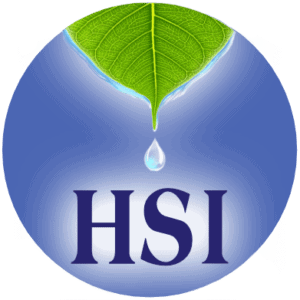Provings of Remedies
Remedies form the core of homeopathic practice. Most homeopathic research focuses on the development of new remedies. New remedies are tested worldwide during provings to help homeopaths understand their characteristics. During a proving, highly diluted homeopathically prepared substances are administered to healthy volunteers (provers). The effects (symptoms) experienced and observed by these provers are then accurately recorded and published.
In 1795, the first proving was conducted by Samuel Hahnemann, the founder of Homeopathy, on China officinalis, a medicine historically used to cure malaria. Today, homeopathically prepared China is sometimes used to help with symptoms similar to those experienced during malaria such as: diarrhea, abdominal cramping, fevers and headaches. The continued development of new remedies through provings is an important component of expanding homeopathy’s effectiveness as a healing therapy.
Articles about HSI Provings:
- Proving of Common Columbine – Aquilegia Vulgaris – PDF
Barbara Seideneck, CHom, CCH - Proving of Rocky Mountain Columbine – Aquilegia Coerulea – PDF
Barbara Seideneck, CHom, CCH - Proving of Amethyst – Clarity and Intoxication – PDF
Barbara Seideneck, CHom, CCH
Presentations about HSI Provings:
Columbine – Two Homeopathic Provings, presented at the 11th Joint American Homeopathic Conference

